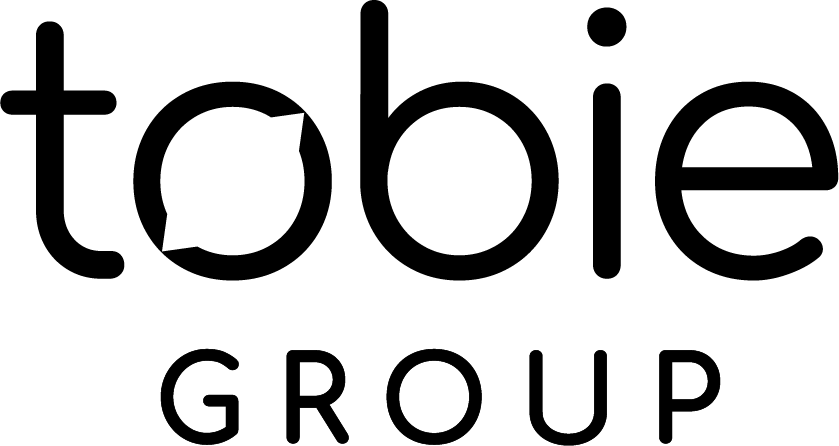Digital marketing is a blind spot for most small businesses (and even some agencies!). But digital marketing doesn’t need to be so daunting. In our experience, marketers find themselves intimidated by the range of tools, platforms, and metrics in digital marketing.
Luckily, nearly every digital strategy is still founded on the basic principles of marketing. Remember the 4 P’s from that marketing class you took years ago? The concepts still apply, but running digital marketing on your own may require you to shift in how you think about the four P’s. We’ll get tactical on some of the best digital marketing channels for small business in the coming weeks. In the meantime, your best bet is to get started with the fundamentals…
The 4 P’s of Digital Marketing:
The “Ps” stand for Product, Price, Promotion, and Place. Widely known as the “marketing mix” the 4’s got their start in the late 1940’s when a professor from Harvard referred to marketing planning as if it were a recipe, requiring different ingredients. Each ingredient receives its own focus and budget, based on the marketing goals of the organization. The current version of the 4 P’s was adopted in the 1960’s. Decades later, the same 4 P’s marketing ingredients exist for your digital marketing mix. As we’ll see, there are some nuances to the way we think about digital marketing strategy however.
Product
When it comes to the digital marketing mix, most businesses actually do a fairly good job with Product. On the surface, this marketing mix category is relatively straightforward. Most businesses (whether online or brick and mortar) wouldn’t exist without some form of product.
In the digital age, innovation occurs extremely quickly, and many marketers don’t revisit their product often enough from a strategic sense.
Consider:
-An online retail store that sells mens goods, only to be outpaced by a subscription-based monthly men’s “box”.
-A restaurant noticing that their catering services are doing much better than in-person dining, and adjusting their marketing and business operations to this new “product.”
-A law firm whose core business was quick contract setups, only to be circumvented by online legal tools that are easier for small businesses to use.
All of the cases above are real-world examples, that have roots in greater macro-level economic forces. However, one could argue that innovation in any one of those businesses may have seen the opportunity to adjust their product mix, and to pivot into a more digital-friendly medium. To stay relevant, businesses must constantly look at how their products are positioned within the market. The easiest way to do this is to look at a SWOT (strengths, weaknesses, opportunities, threats) analysis.
It’s impossible to predict how a change in the digital marketplace might affect your product. However, reevaluating the business with a SWOT analysis will help identify how you’re tracking against your competitors, while highlighting opportunities for growth within your product or service.
Place
Place is the “P” that is most closely related to price…especially when thinking about digital marketing. One could argue that all of the real-world examples above could also fall into the place category. Digital marketing forces marketers to think in terms of an omni-channel approach. The “place” where your product or service is sold multiplies when you start adding digital platforms or strategy.
Consider:
-Take a brick and mortar clothing store for example. Traditionally, their place has been the physical store they sell from. A natural next step is to build an ecommerce store to expand the store’s place. However, an omni-channel digital marketing strategy might also include selling directly through social media platforms.
-A sales coach who has built a significant following through in-person speaking events, only to be undercut by competitors (or a worldwide pandemic) who needs to establish a presence and sales model online.
-A sales team expanding to new regions in the USA, and trying to determine how to establish a lead gen strategy in the new location.
Much like Product, business owners should look at Place on a recurring basis. It seems simple, but with all the variables to take into account, it becomes complex as you peel back each layer of details.
Shopify has a good list of digital sales channels here.
We also like this guide from Catsy.com.
Simplicable does a good job summarizing the different types of sales channels here.
Promotion and Price:
Many digital advertising platforms are built on the assumption that you have a great understanding of what your costs are, who your audience is, and what influences those audiences. If you’re a marketer who doesn’t understand your potential costs, your goals, or how your message will resonate with your audience, you’re sunk before you even start on any digital platforms. Promotion and Price work together in the same way that Product and Place are related.
Promotion
Promotion is typically tied to advertising, messaging, or whatever way you choose to amplify the marketing message you’re trying to put in front of your core customers.
Promotion and Audience
Most marketers have a good understanding of who their customer is, but they don’t know why that customer may or may not be an ideal customer. Ask yourself: Who is my current customer? Then ask: Who is my ideal customer? Then, finally, ask: What sets these groups apart? Most businesses know who their current customers are, but don’t spend enough time identifying if those are the customers they should be spending the most time on.
Trying to figure out the ideal audience? Try spending time with building customer personas that identify what your customers are thinking, feeling, seeing and hearing. Those personas will help you identify the correct message and the proper medium to convey that message.
Promotion and the importance of costing
When it comes to acquiring a new customer via advertising, it’s become more and more important to understand the lifetime value of your current and aspirational customer bases. Digital advertising platforms are built on complex algorithms that use marketing math to perform. If the inputs you give the platforms are incorrect, you’ll never achieve your desired results. Identify the target cost per acquisition or ROI you’d like for each new customer or each new sale before beginning any advertising campaign.
Price
Clearly your necessary ROI and cost per acquisition needs to back into the price you are charging your ideal customers. Some marketers and business owners don’t know where to start with pricing their products however. In most cases, we counsel clients to start with their end goal when developing their pricing models. It works like this:
- Identify the total revenue or sales you want to make in a year.
- Estimate your margins (how much you make) per customer or per sale.
If you know what the final your final goal revenue is, you can make estimations on how many units it’ll take in order to make that goal. Changes to your price may increase your margins, but could lower the number of units you’ll sell. You can research competitors to identify where their prices are and can work to ensure that your ideal customer base aligns with your pricing strategy.
When to ask for help
When it comes down to it, the question shouldn’t be if you should hire outside help for your business. The question should be focused instead on when.
Think of your digital marketing strategy as you would your home. There are times when things break around the house and you’re able to fix them relatively easily. Digital marketing strategy is no different…there are tons of explainer videos and a lot of content that can help you build your digital marketing strategy. Your challenge as a marketer is to identify the areas you’re comfortable in, and those where you’ll need additional help. From there, it’s important that you hire the right expert to assist. You wouldn’t hire an electrician to fix your plumbing, and you shouldn’t hire a digital marketer that doesn’t have specific expertise to solve your problem.
Either way, building your strategy up from the 4 P’s should give you a sturdy foundation to start from.



